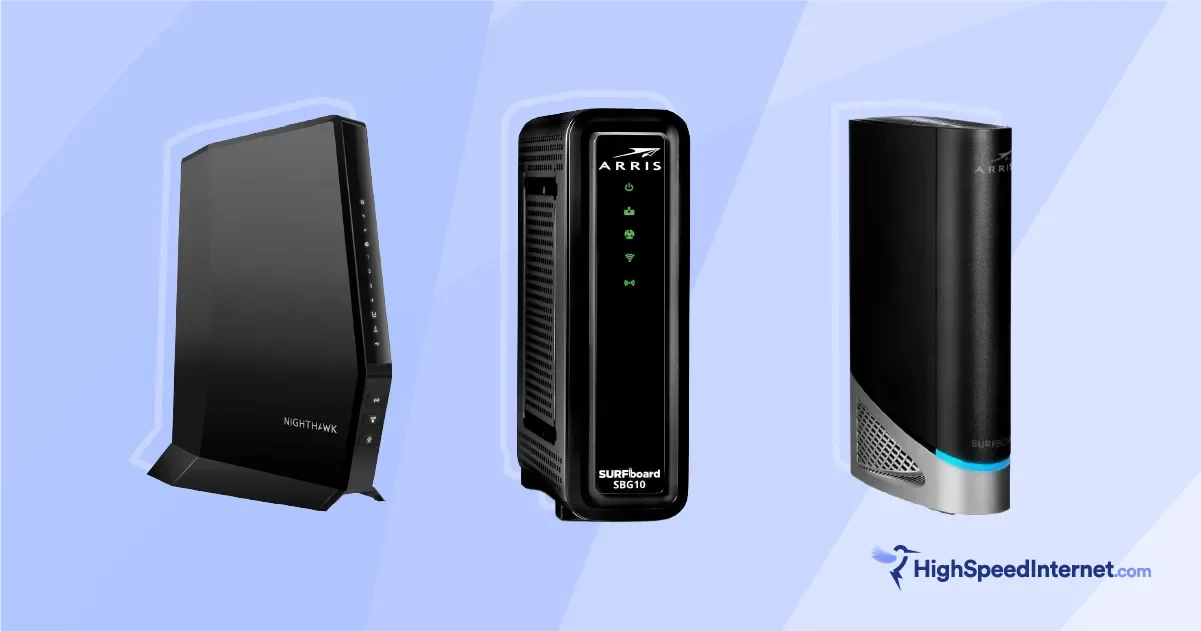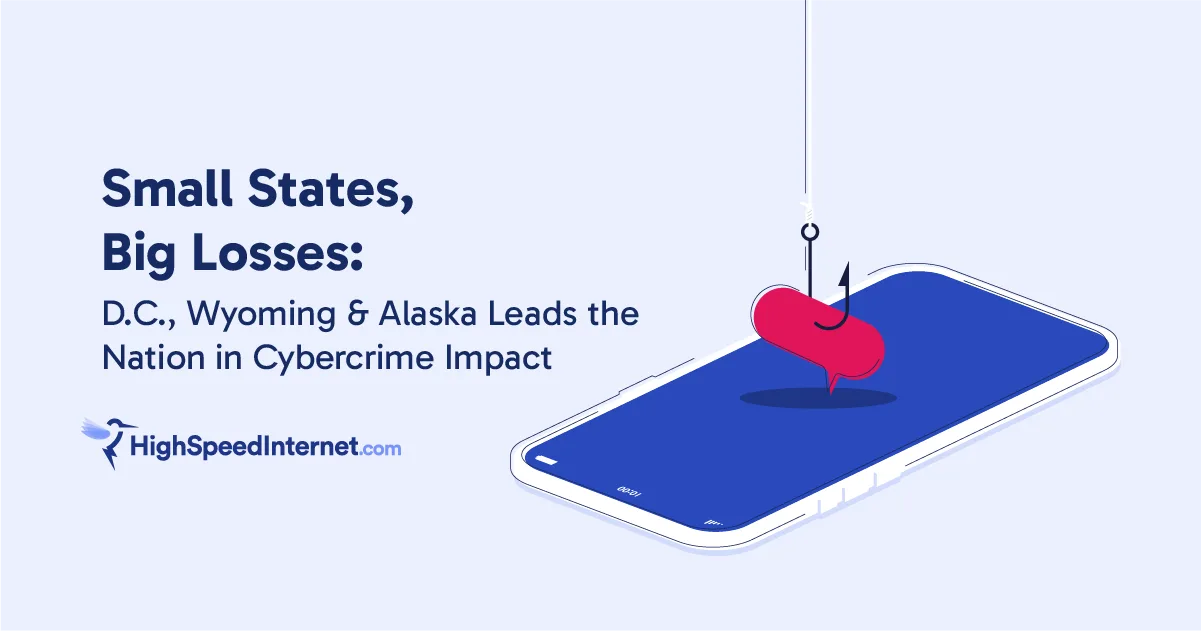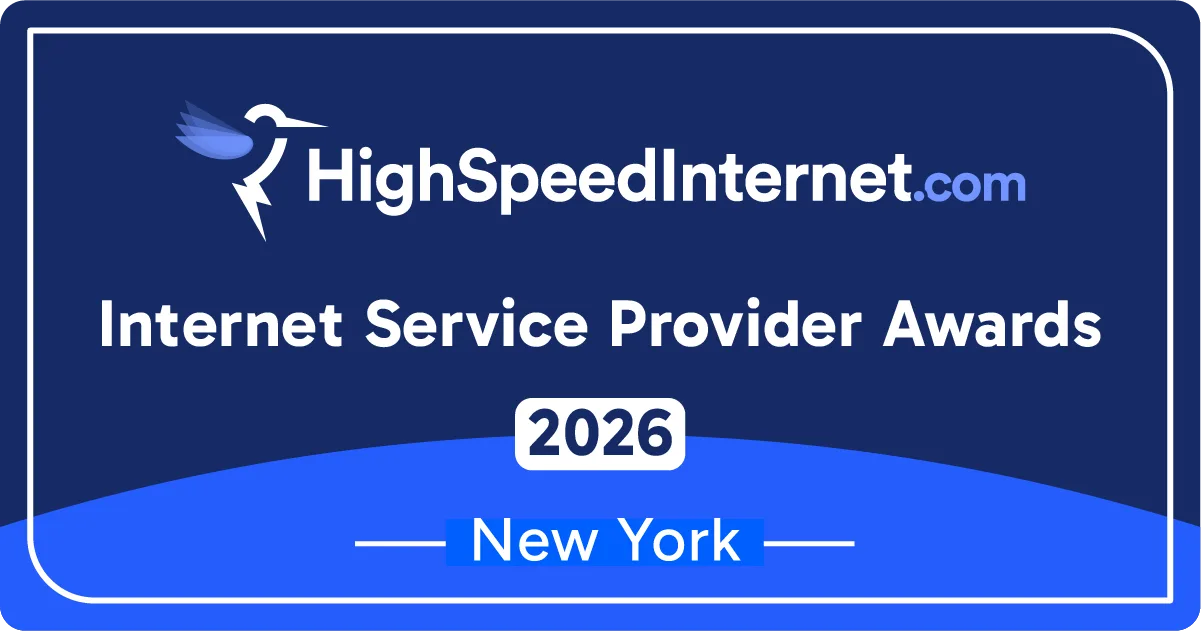Internet Access for Students in America
Internet tools and resources that keep K-12 students on track
Sep 15, 2025 | Share
Data and Research, Featured
Do you know how much internet bandwidth your student will need this school season? Students use the internet for everything from homework to Zoom study sessions to online learning tools.
Most students enrolled in K-12 studies use cloud-based tools, and 63% of students in the U.S. engage in online learning activities daily.

Though parents are often given back-to-school supply lists, schools don’t often highlight or supply internet requirements for families. The FCC provides bandwidth goals for the classrooms, but that information doesn’t translate to the home.
Without nationwide guidance, families often guess at their internet needs, which can result in overpaying for internet service, or conversely, realizing too late they need to upgrade plans and figure out a new budget.
We’ll go over the state of internet access in America, the hidden problem of lack of authoritative guidance, and helpful resources—including the handy HighSpeedInternet.com free speed test and app (Apple App Store / Google Play Store).
What internet speeds do K-12 students need?
Ideally, homes should have access to 100Mbps download and 20Mbps upload speeds, or at least 25Mbps per student, plus extra for other devices.
Lower upload speeds (as little as 2Mbps) may work for light use but often cause lag, poor video quality, and delays. Download speeds take priority, but upload speeds still play a role in lag, video quality, and other quality issues.
However, faster plans typically cost more and aren’t always available everywhere.
The state of internet access in America
In the U.S., 5 million households do not have a computer at home, and 10 million people do not have an internet subscription, according to the U.S. Census Bureau.

According to Census data, the nation’s digital divide tracks with its income divide, where lower-income households are disproportionately without internet subscriptions compared to those with higher income.
How much of a difference? Over 22% of households with annual incomes of less than $20,000 and nearly 10% of households with income up to $75,000 are without an internet subscription, whereas households making over $75,000 are closer to 3%.
| Income bracket | % w/o an internet subscription |
|---|---|
| Less than $20,000 | 22.3% |
| $20,000–$74,999 | 9.9% |
| $75,000 or more | 2.9% |
Homes in the U.S. get an average download speed of 214Mbps and spend an average of $77 per month on their internet plan. While the average speed is more than double the FCC’s 100Mbps benchmark for broadband, affordability remains a barrier for many families. (The good news is our team of experts found that the best value internet plans cost around $50 per month).

For those struggling to pay, governmental assistance programs, such as the FCC’s Lifeline, are available to help make internet service more accessible.
And beyond federal and state programs or non-profits, many internet providers also contribute to closing the digital divide. Companies such as Xfinity, Windstream, and CenturyLink run discounted plans for low-income households and students, while initiatives like T-Mobile’s Project 10Million focus on expanding affordable access to families in need.
Highlighting urban vs. rural gaps
While your location plays a role in what schools your students attend, it also affects what internet you have access to.
As discussed in our report on U.S. internet speed statistics in 2025, which references Census data and BLS data, urban and suburban residents are more likely to have higher income, better access to wider varieties of internet connections, and pay better prices for faster speeds. Where there are more people, there is more infrastructure and more competition.
For example, Census data shows the average metro area resident makes a median of $83,590 annually and pays $85 per month for fast fiber internet, and it works out to be about 1.22% of their income. On the rural side, someone making the median income of $62,520 could be paying upwards of $121 per month for slower satellite internet—which works out to be 2.32% of their income.
Here are some quick additional national internet facts based on our proprietary speed data:
- The states with the fastest internet speeds are Delaware (246.95Mbps) , Maryland (238.26Mbps), and New Jersey (235.67Mbps).
- The states with the slowest internet speeds are Idaho (124.57Mbps), and Alaska (125.09Mbps), and Montana (129.73Mbps).
- Out of each region’s speeds, the Northwest (177.41Mbps) and Midwest (174.17Mbps) have nearly 20Mbps less average internet download speed compared to the other regions, which are closer to 195Mbps. (Source: HSI proprietary speed test data).
As many as one in three Americans believe the cost of their internet service is not reasonable for the quality of service they receive, and roughly 8.25 million people do not know what they are paying for the internet.
Considering these gaps in internet access, speed, and costs across the nation, direct federal guidance could help families and educators alike—along with the assistance some families need to help keep their students up to speed.
The hidden problem: Lack of guidance
On top of high prices, unsatisfying speeds, and a lack of access, families in America face the challenge of knowing exactly what to expect when it comes to internet requirements and their student’s schooling.
It’s easy to assume that every home and child has computer and internet access in America these days, and that they’ll have good enough access to keep up with the demands of online learning, homework, and extracurricular activities. However, with many families lacking at-home computers and internet subscriptions—particularly in underserved rural and lower-income areas—that’s not the case.
Without specific requirements addressed, many parents need to guess what speeds they’ll actually need. On top of that, some course curriculum—such as internet- and media-oriented classes may require better download and upload speeds, and thus better-than-average internet access. In other words, the same internet that worked last year may need an upgrade this year, and it’s better to know these things in advance.
To keep up with increasing online needs, both schools and the state can provide far more prominent and widely distributed internet information to help families with students. (Perhaps similar to the FCC’s Broadband Consumer Labels, which were a step in the right direction.)
Of course, there is responsibility on the parents’ parts as well to better understand their internet—which looks like testing their internet speeds at home and double-checking their payments and plans.
Back-to-school speed tool: A simple internet solution for parents
One of the best tools your families can use is HighSpeedInternet.com’s Speed Test app, which is not only free, but the easiest way to see if your actual internet speeds meet your students’ needs.
Download the app and compare your speeds to the basic requirements:
- Download speeds: A bare minimum of 2Mbps, with a recommended minimum of 25Mbps per student. The FCC considers 100Mbps to be high-speed, and the national average is 214Mbps.
- Upload speeds: Aim for a 3Mbps minimum, but 10Mbps is considered fast. Faster is always better, and some plans (such as fiber internet) offer equal download and upload speeds.
How can parents find more affordable internet service?
Looking for ways to make your home internet more affordable or possibly free? We have the resources to help:
How clear internet speed standards could benefit U.S. households
Many parents aren’t sure whether their home internet is strong enough to support their child’s education, schools rarely outline minimum speed requirements, and most states don’t publish easy-to-find benchmarks for families. This leaves households (especially in rural or lower-income communities) paying more for service that may not actually meet their needs.
To help families nationwide, experts suggest a few simple steps:
- Schools should give parents clear, written internet speed recommendations at the start of the school year.
- Federal agencies should publish baseline school speed standards to guide households and localities that lack reliable connections.
- Families can take control by running our speed test, checking against the recommended 25Mbps minimum, and comparing providers to find faster speeds at better prices.
Without guidance, families are left to guess—and that uncertainty risks widening the digital divide. Access to education shouldn’t depend on trial and error or overpaying for underperforming service. With clearer information and standards, families across the country can get connected confidently and close learning gaps.
Methodology
Household-level statistics on computer ownership and internet subscriptions came from the U.S. Census Bureau’s American Community Survey (ACS).
National averages and Utah speed benchmarks are based on proprietary HighSpeedInternet.com speed test data and advertiser rate analysis.
We referenced the Federal Communications Commission for broadband definitions.
Author -
Trevor's written professionally for five years for editorial publications and retail/e-commerce sites. He lives in Salt Lake City and enjoys photography and making music in his spare time, or you can catch him on your local dance floor bustin' a move.
Editor - Jessica Brooksby
Jessica loves bringing her passion for the written word and her love of tech into one space at HighSpeedInternet.com. She works with the team’s writers to revise strong, user-focused content so every reader can find the tech that works for them. Jessica has a bachelor’s degree in English from Utah Valley University and seven years of creative and editorial experience. Outside of work, she spends her time gaming, reading, painting, and buying an excessive amount of Legend of Zelda merchandise.







